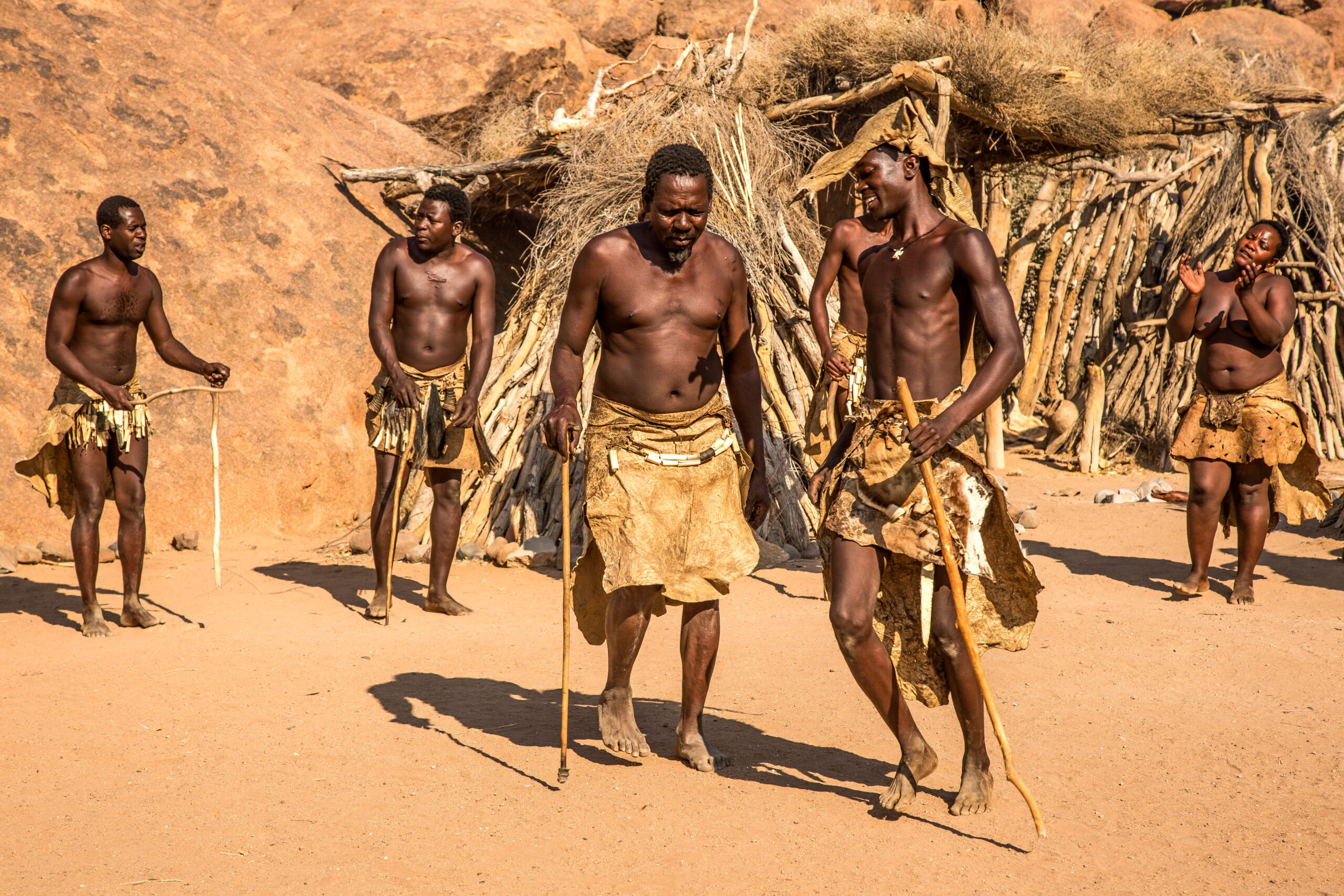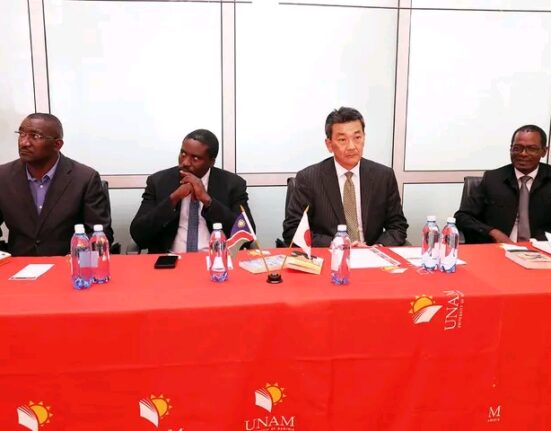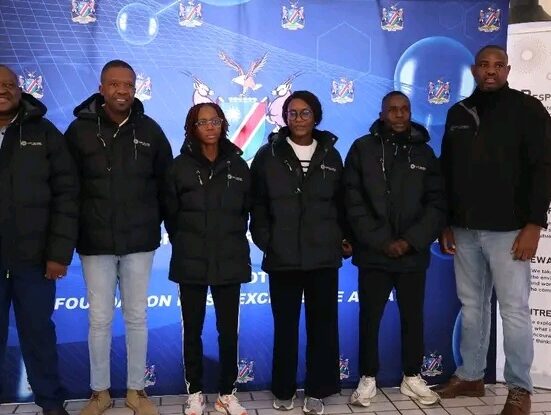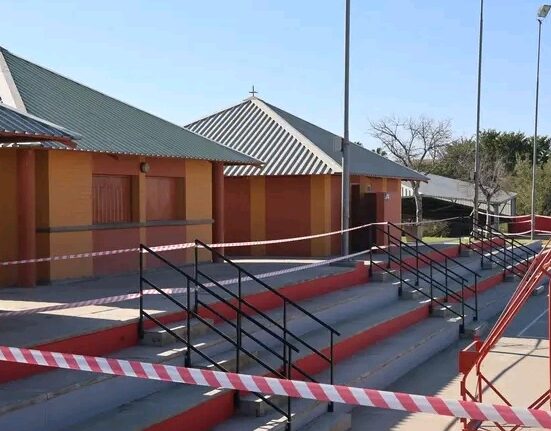Namibia, a country known for its breathtaking landscapes and cultural diversity, is also home to a rich linguistic heritage. With over 30 distinct languages spoken across the nation, Namibia’s linguistic landscape is a reflection of its varied ethnic groups and historical influences. The country’s languages belong to three major language families: Afroasiatic (Khoisan), Niger-Congo, and Indo-European. These languages not only serve as a means of communication but also embody the traditions, customs, and unique identities of the different communities.
In this article, we explore Namibia’s top ten languages, highlighting their origins, cultural significance, and current status. These languages are crucial for understanding the nation’s diverse heritage and the role language plays in Namibia’s social and political fabric.
1. Oshiwambo (Ovambo)
Oshiwambo is the most widely spoken language in Namibia, with over 50% of the population using it as their first language. It belongs to the Bantu language group and is predominantly spoken in the northern regions of Namibia, particularly in the Oshana, Oshikoto, and Omusati regions.
Oshiwambo is not just a language but a cultural cornerstone for the Ovambo people, one of Namibia’s largest ethnic groups. It encompasses several dialects, including Oshikwanyama, Oshindonga, and Oshilenge. The language holds significant importance in the daily lives, rituals, and traditions of the Ovambo people.
2. Khoekhoegowab
Khoekhoegowab, also known as Nama or Damara, is a Khoisan language spoken by the Nama and Damara ethnic groups, primarily in the central and southern regions of Namibia. Khoekhoegowab is notable for its use of click sounds, a feature characteristic of the Khoisan language family.
Khoekhoegowab is a language deeply embedded in the culture of the Nama and Damara people. The language, which has faced challenges due to historical colonization and the spread of Afrikaans and English, has experienced a revival in recent years, with efforts being made to preserve and promote it in schools and media.
3. Afrikaans
Afrikaans is one of Namibia’s official languages and is spoken by a significant portion of the population, especially in urban areas and among the white and Coloured communities. It evolved from Dutch and was shaped by influences from various African languages, as well as Malay, Portuguese, and German, making it a truly multilingual language.
While Afrikaans is no longer the dominant language of governance, it remains an important language of communication in Namibia, especially in government, business, and media. Its prevalence can be attributed to the historical influence of South Africa, which governed Namibia as a mandate territory under the League of Nations and later as an apartheid state.
4. English
As the official language of Namibia, English plays a central role in government, education, and media. Following Namibia’s independence in 1990, English was adopted as the unifying language, replacing Afrikaans as the dominant language of administration and education.
Despite being spoken by only a small percentage of the population as a first language, English is widely taught and understood throughout the country. It serves as a lingua franca, bridging communication gaps between different ethnic groups who speak various indigenous languages.
5. Otjiherero
Otjiherero is spoken by the Herero people, one of Namibia’s prominent ethnic groups, primarily in the central and northeastern regions of the country. It belongs to the Bantu language family and is one of Namibia’s most widely spoken indigenous languages, with over 150,000 speakers.
Otjiherero has a rich cultural significance, with the language serving as a symbol of resistance during the colonial era, particularly during the Herero and Nama genocide in the early 20th century. Today, Otjiherero remains an important language for the Herero people, used in daily life, ceremonies, and traditions.
6. Rukwangali
Rukwangali is spoken by the Kavango people, who live in the northeastern region of Namibia, near the border with Angola. The language is part of the Bantu language family and is one of the most widely spoken languages in the Kavango Region, with around 100,000 speakers.
Rukwangali has several dialects, with some linguistic differences between speakers from different parts of the Kavango region. While it is still widely spoken, Rukwangali faces challenges in terms of language preservation, as younger generations increasingly shift to using English and Afrikaans in urban settings.
7. Silozi
Silozi is a Bantu language spoken primarily in the Zambezi Region (formerly known as the Caprivi Strip) in the northeastern part of Namibia. The language is closely related to other Bantu languages spoken in neighboring countries, including Zambia and Angola.
Silozi is one of the official languages of the Zambezi Region and plays an important role in the daily lives of the region’s inhabitants. It has a rich tradition of oral literature, including songs, stories, and proverbs, that are passed down through generations. Silozi is also used in local schools and media in the Zambezi region.
8. San Languages
San languages, also known as Khoisan languages, are spoken by the indigenous San people, who are among the earliest inhabitants of southern Africa. In Namibia, these languages are spoken by small communities, primarily in the northeastern parts of the country, near the border with Angola and Botswana.
San languages are characterized by their distinctive use of click sounds and tonal variation. The most well-known San languages in Namibia include !Kung, !Xóõ, and Khwe. Although San languages are at risk of extinction due to language shift and cultural assimilation, efforts are being made to document and preserve these languages through language revitalization programs.
9. Bergdama
Bergdama, also known as the Berg Damara language, is spoken by a small community of people in the southern parts of Namibia. It is closely related to Khoekhoegowab and shares many linguistic features with the Nama and Damara languages. While it is not as widely spoken as Khoekhoegowab, Bergdama holds cultural significance for its speakers, who are part of the larger Damara ethnic group.
The language faces a decline in speakers, but efforts are being made to preserve and revitalize Bergdama, especially through cultural programs and language education initiatives. The revival of Bergdama is seen as important for maintaining the unique identity of its speakers.
10. Tswana
Tswana, a Bantu language, is spoken by a small population in Namibia, particularly in the southeastern regions, near the border with Botswana. Tswana is more widely spoken in Botswana, where it is an official language, but it also has a presence in Namibia’s southern regions, primarily due to migration and historical ties between the two countries.
While Tswana is not one of the most dominant languages in Namibia, it is important in the context of regional communication and trade, particularly for communities with strong cross-border connections.
Namibia’s linguistic diversity is a testament to the country’s rich cultural heritage. From the widely spoken Oshiwambo and Otjiherero to the endangered San languages, the top ten languages in Namibia reflect the country’s complex ethnic makeup and the historical forces that have shaped its society. Language plays a crucial role in preserving cultural identities and fostering communication among Namibia’s diverse population.
As Namibia continues to evolve and modernize, the preservation and promotion of these languages will be essential to maintaining the cultural diversity that makes the country unique. Efforts to promote multilingualism, protect endangered languages, and create opportunities for language education will help ensure that Namibia’s linguistic treasure trove remains vibrant for generations to come.
Join 'Namibia Today' WhatsApp Channel
Get the breaking news in Namibia — direct to your WhatsApp.
CLICK HERE TO JOIN












